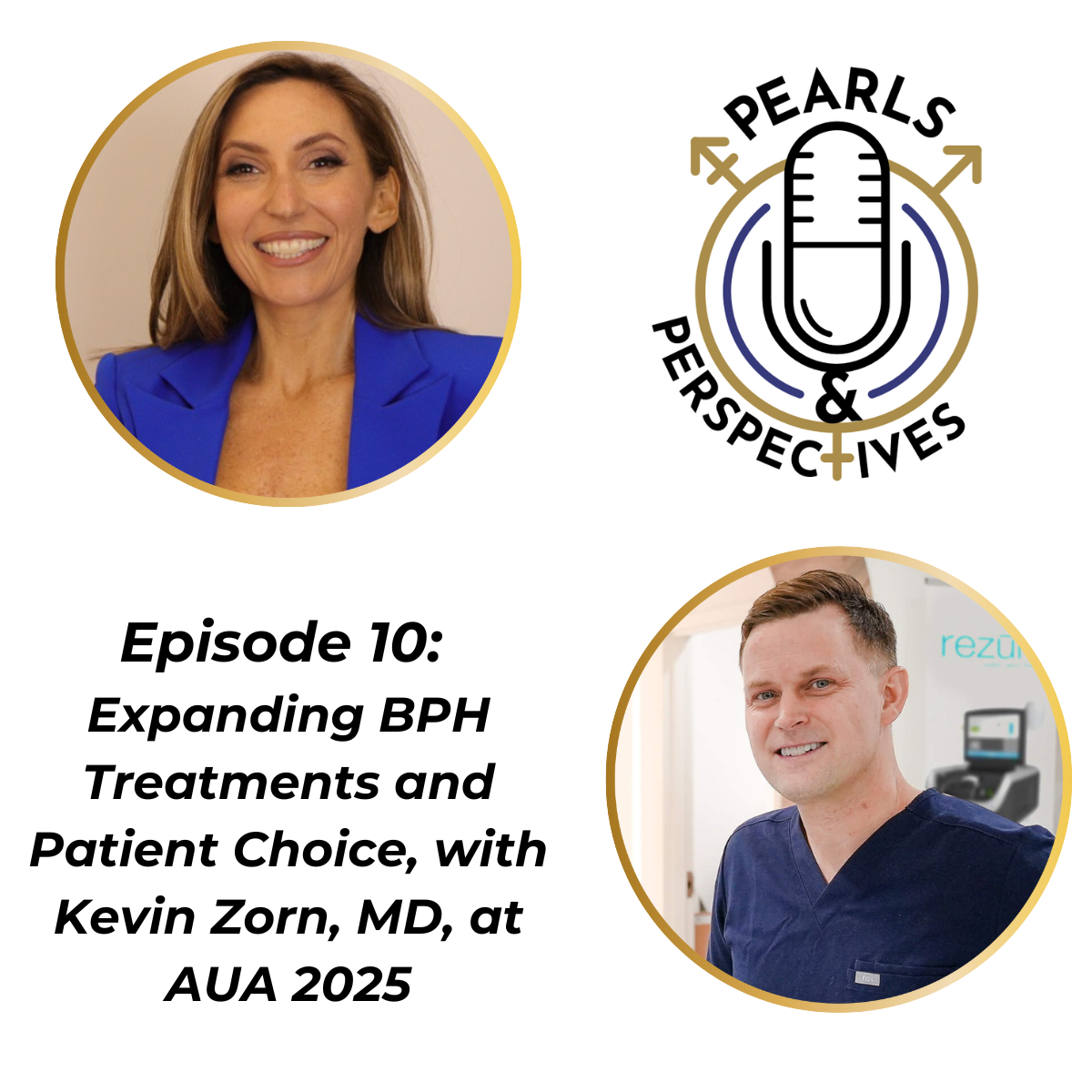Opinion
Video
Vitaly Margulis, MD, on preliminary safety, efficacy of padeliporfin VTP for UTUC
Vitaly Margulis, MD, shares his insights on initial data from the phase 3 ENLIGHTED trial.
Data from the phase 3 ENLIGHTED trial (NCT04620239) showed preliminary safety and efficacy with padeliporfin vascular targeted photodynamic therapy (VTP) in patients with low-grade upper tract urothelial cancer. These data were presented at the 2025 American Urological Association (AUA) Annual Meeting in Las Vegas, Nevada.
In an interview with Urology Times® at the meeting, presenting author Vitaly Margulis, MD, shared the results and offered his thoughts on the implications.
Among the 44 patients enrolled in the study, the CR rate was 78.8%. Additionally, 18.2% of patients achieved a partial response, and 1 patient had no response.
Margulis noted, “I think these results are very encouraging. I want to caution a little bit the optimism, because the trial is not done. These are preliminary, mid-trial results. But certainly, there's a strong signal that the treatment is working.”
Margulis is a urologic oncologist at UT Southwestern Medical Center in Dallas, Texas.
According to Margulis, the safety profile for this therapy was also encouraging.
“There were very few grade 3complications. Most of them resolve spontaneously—in fact, all of them do. The complications are really attributable to ureteroscopy or instrumentation of the upper tract. I think that's a big differentiating factor of the treatment from some of the other treatments available in the space where there's significant risk of stricture formation, scar tissue formation, etc. We don't see that happen with this therapy.”
Specifically, the most frequent adverse events include hematuria (14%), flank pain (10%), procedural pain (6.4%), dysuria (5.2%), urinary tract infection (5.2%), abdominal pain (4.7%), vomiting (4.7%), fatigue (4%), and nausea (3.5%). In total, 9.2% of patients experienced a grade 3 serious adverse events, 2 of which were related to treatment.

















